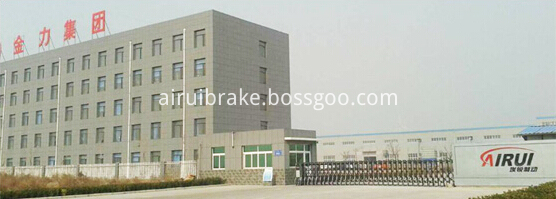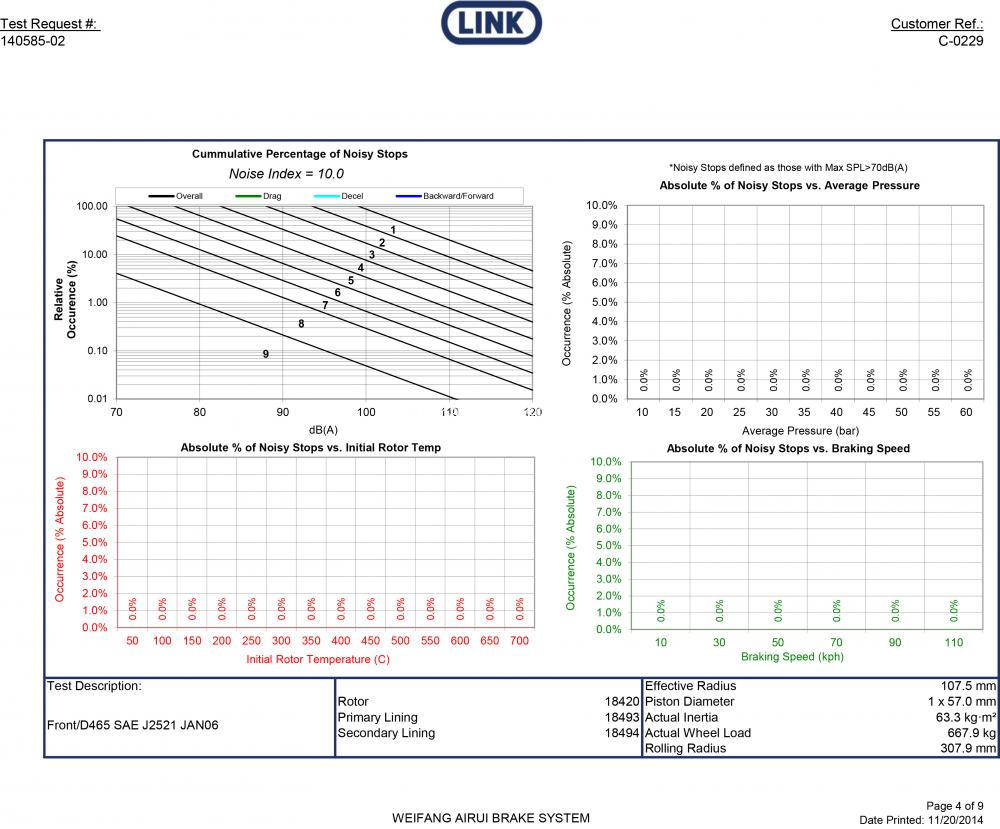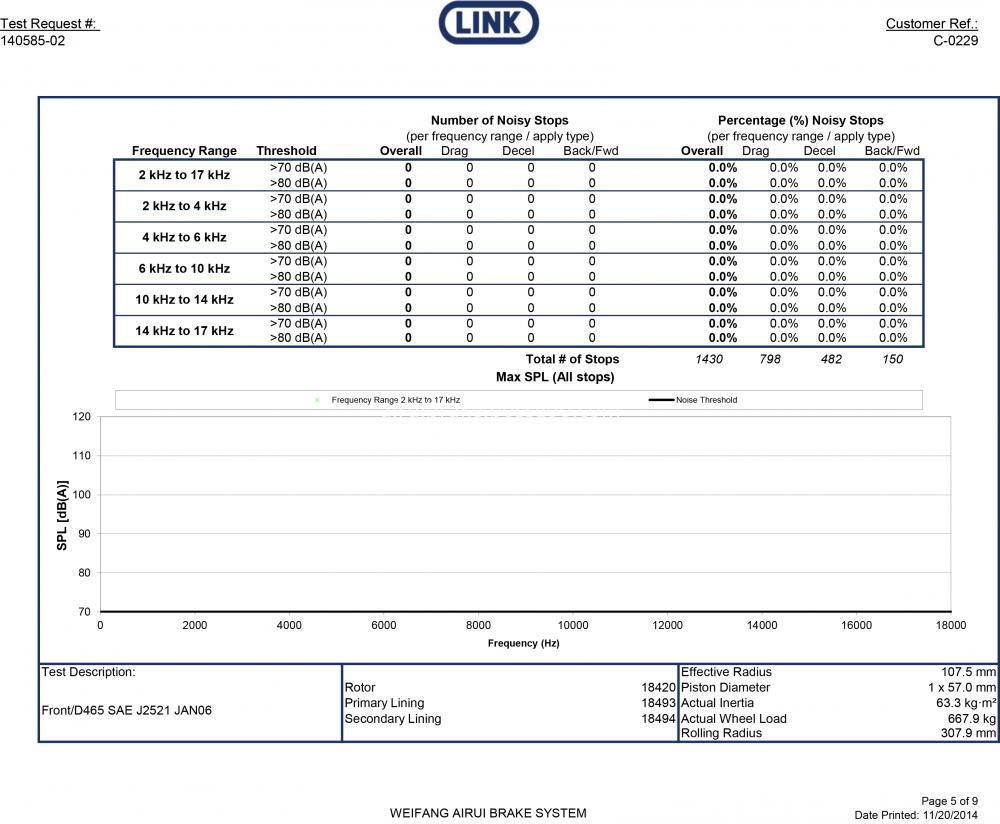The 54 new energy vehicles exhibited at the just-concluded Guangzhou Auto Show, including pure electric vehicles and hybrid electric vehicles, have made the promotion of new energy vehicles more unprecedented. Recently, FAW-Volkswagen General Manager An Tiecheng revealed in an interview with the media that the company's own brand of Carrier Electric Vehicle will be piloted in Foshan in the first half of next year. At present, FAW-Volkswagen is in contact with the Foshan government. Industry analysis, next year, new energy vehicles or ushered in the year of icebreaking. Foshan will test the electric car next year At the Guangzhou Auto Show held recently, Volkswagen, BMW, Mercedes-Benz, Ford, Nissan, GM, Toyota and other multinational giants have released their own plans for the planning and promotion of new energy vehicles such as hybrid vehicles and pure electric vehicles, starting from the end of this year. Some mature electric vehicle products under the foreign brands will land on the Chinese market on a large scale. Recently, FAW-Volkswagen General Manager An Tiecheng revealed in an interview with the media that the self-owned brand Carrier Electric Vehicle was built by the research and development team of FAW-Volkswagen Joint Venture for three years. Although the car is currently on the 225th product announcement of the Ministry of Industry and Information Technology, it is still in the product development verification stage, and will be the first to test run in Foshan in the first half of next year. “Currently, manufacturers are discussing the next phase of trial operation with the Foshan government to verify the infrastructure of our society to verify the reliability of the product in the future.†Ma Jian, general manager of FAW-Volkswagen Hecheng 4S shop, said that he has received the wind and will start trial operation of the electric vehicle in Foshan next year. The initial plan for maintenance work will be handled by Hecheng Store. The details have not been implemented. As for the government subsidy policy, still uncertain. The reporter learned that Foshan's new energy vehicle development has always been at the forefront of prefecture-level cities. There are two major factories in Danzao and Lishui in the new energy automobile factory. The Gaoming land-boat electric vehicle will also be put into production. Recently, Defang Nano Co., Ltd., which produces cathode materials for electric vehicle batteries, is also in production at Gaoming. New energy vehicles can enjoy up to 120,000 subsidies On the eve of the Guangzhou Auto Show, the Ministry of Science and Technology, the National Development and Reform Commission, the Ministry of Finance, and the Ministry of Industry and Information Technology officially issued the "Notice on Further Improving the Pilot Work of Energy-Saving and New Energy Vehicles Demonstration and Promotion", requiring the pilot cities to actively study the exemption of license plates for new energy vehicles. Restrictions such as auctions, lottery, and restrictions, and the introduction of support policies such as parking fees, electricity prices, and road tolls. The "Notice" requires that pilot cities should formulate charging infrastructure construction plans, and build charging stations for individual new energy vehicle users in their residential community parking spaces or workplace parking spaces. The matching ratio of such charging piles to new energy vehicles is not allowed. Below 1:1. Domestic plug-in hybrid vehicles that meet the policy requirements can receive up to 50,000 yuan of state financial subsidies per vehicle, and domestic pure electric vehicles can enjoy up to 60,000 yuan; purchase of new energy vehicles that meet the policy requirements can also obtain up to 60,000 local governments. Yuan subsidy. Some experts have said that by 2020, the country needs at least 450 million tons of crude oil a year, of which automotive oil will account for 55% of the country's total oil consumption. The global scarcity of non-renewable resources represented by oil is destined to develop new energy vehicles. In recent years, the state has vigorously promoted new energy vehicles in the public transportation sector and the public sector, and has given a large amount of financial subsidies. In order to promote the entry of electric vehicles into the family, from June 1 last year, the country launched pilot subsidies for private purchase of electric vehicles in five cities (including Beijing) in Shanghai, Shenzhen, Hangzhou, Hefei and Changchun. With the official launch of the “Energy Conservation and New Energy Vehicle Industry Plan†in 2011, new energy vehicles have become the key areas for policy support. So far, the number of pilot cities for demonstration and promotion of new energy vehicles has increased to 25. Policy support In addition to the visible cash subsidies, manufacturers will also enjoy relevant support in terms of technical strength, supporting facilities, and material needs, which prompt manufacturers to fight for green energy concept cards. New energy vehicle promotion is still difficult From the current point of view, new energy vehicles have entered the era of blooming, but the promotion is still difficult. In the middle of this year, BYD's A-share prospectus announced that its plug-in hybrid F3DM sold a total of 365 vehicles, and the pure electric vehicle E6 sold a total of 53 vehicles. The total sales volume of new energy vehicles was less than 500, and the sales revenue was less than 43 million yuan. It accounts for only about two-thousandths of the total revenue of the automobile business in 2010. The Jianghuai Tongyue electric vehicle was put into 586 units at the end of last year, which was limited to Hefei, one of the first subsidized cities for new energy vehicles. In order to cooperate with the use of electric vehicles, the local government has also established hundreds of charging piles for supporting use. Industry analysis, high cost is the primary factor affecting the promotion, BYD E6's price will be 369,800, and the reason for the high price is that the car battery is still in the research and development period, there is no low-cost high-performance battery. The battery life time is also worrying. The reporter noticed during the auto show interview that the battery life of these pure electric vehicles is generally between 120~300km, which is calculated according to the average speed of 50Km/h. Hours can only meet the needs of short distance travel. In addition, the charging facilities required for electric vehicles are also an important reason for restricting their development. The charging equipment for electric vehicles needs to be vigorously built by the state, especially to reflect the advantages of fast charging services. In addition, it is necessary to install a sufficient number of charging outlets in the garage to facilitate urban users to charge at night.
Brake pads Expert with more than 10 year.
Brake pad for all cars, such European car , America car, Japanese car, Korean car and Chinese car etc. include more that 2000 models.
Ceramic Brake Pad, Semi-Metallic Brake Pad, NAO Brake Pad, Brake Pad Set Weifang Airui Brake Systems Co., Ltd , http://www.airuibrakes.com
It is understood that by the end of this year, State Grid will build 75 charging stations and more than 6,000 charging stations in 27 provinces (cities); by 2016, 400 electric vehicle charging stations will be established; from 2016 to 2020, Established a 10,000 electric vehicle charging station.
our advantage: we have various formulation to suit different car.
Semi-metallic: use for most of cars, have good cost performance;
Ceramic: use for Japanese car, Korean car etc. with good brake performance, no dust and no noise;
Low-metallic: use for European car, with high brake coefficient.


